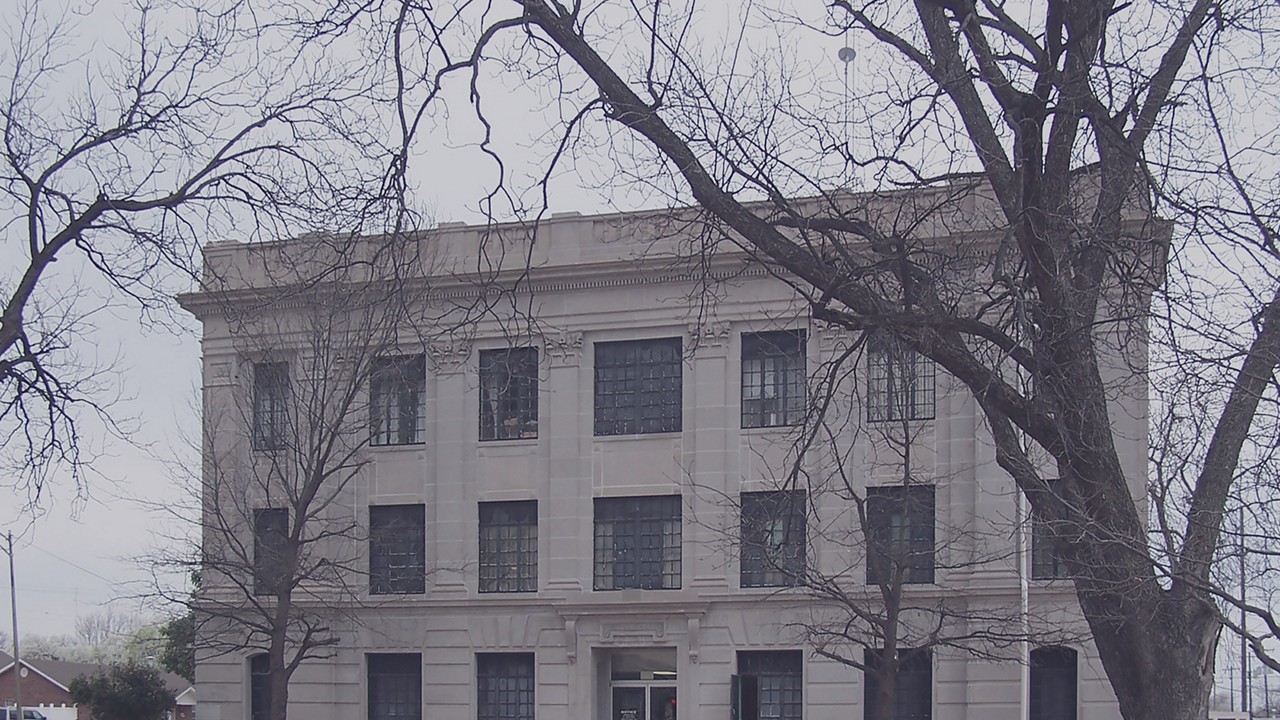Chickasaw Nation

The Chickasaw Nation has formal boundary territories that encompass all or most of 13 counties in predominantly rural South-Central Oklahoma.
Because Oklahoma has no reservations, Chickasaw members live in communities with non-Chickasaw members. Only 1% (about 32,000) of those living in the region are members of the Chickasaw Nation. Like many other tribes in the United States, the Chickasaw Nation experienced a history of displacement and discrimination. The federal government forcibly relocated the tribe from its original residence in Mississippi to Oklahoma in 1836, where members of the Chickasaw Nation became farmers and ranchers and prospered. However, when Oklahoma became a state in 1907, the federal government dissolved the tribal government, and the Chickasaw Nation ceased to exist as a recognized tribal entity. As tribal lands were broken up into allotments, many members moved away or were absorbed into the local population, losing touch with their Chickasaw cultural identity.
Chickasaws continued to gather socially during this time, and eventually, in 1970, the Chickasaw Nation gained the right to re-establish its government. In 1983, they passed and ratified the Chickasaw Constitution. Today, the Nation is seeking to overcome decades of oppression and poverty by building a diversified economy. Its overarching philosophy that “a rising tide raises all ships” recognizes the common capacities and prosperity of tribal members and nontribal residents alike. Although the Nation has seen success in growing its economy and expanding health infrastructure, members continue to face challenges that may be linked to historical discrimination, obesity, and substance abuse.
